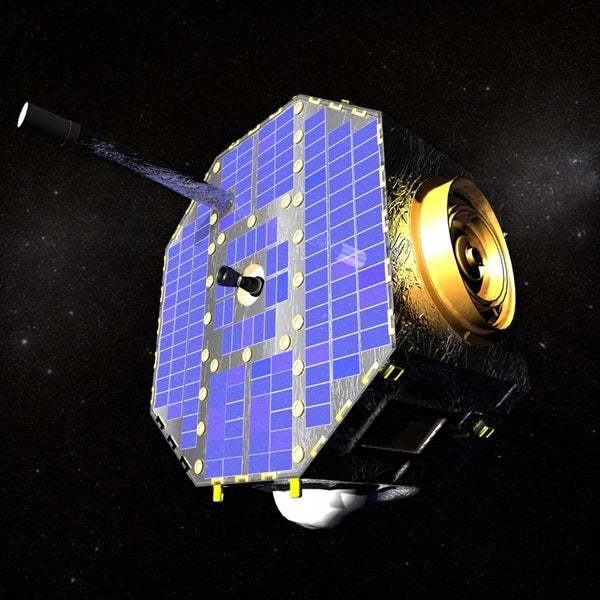New data from NASA’s Interstellar Boundary Explorer (IBEX) spacecraft reveal that conditions at the edge of our solar system may be more dynamic than previously thought. Future exploration missions will benefit in design and mission objectives from a better understanding of the changing conditions in this outer region of our solar system.
The IBEX has produced a new set of all-sky maps of our solar system’s interaction with the galaxy, allowing researchers to continue viewing and studying the interaction between our galaxy and the Sun. The new maps reveal changing conditions in the region that separates the nearest reaches of our galaxy, called the local interstellar medium, from our heliosphere — a protective bubble that shields and protects our solar system.
In October 2009, scientists announced that the first map data produced by IBEX revealed an unpredicted bright ribbon of energetic neutral atoms emanating toward the sun from the edge of the solar system. This discovery was unexpected because the ribbon of bright emissions did not resemble any previous theoretical models of the region.
The IBEX spacecraft creates sky maps by measuring and counting particles referred to as energetic neutral atoms that are created in an area of our solar system known as the interstellar boundary region. This imaging technique is required since this region emits no light that can be collected by conventional telescopes. This interstellar boundary is where charged particles from the Sun, called the solar wind, flow outward far beyond the orbits of the planets and collide with material between stars. These collisions cause energetic neutral atoms to travel inward toward the Sun from interstellar space at velocities ranging from 100,000 mph (62,100 km/h) to more than 2.4 million mph (1.5 million km/h).
This second set of all-sky maps, created using data collected during 6 months of observation, shows the evolution of the interstellar boundary region. The maps help delineate the interstellar boundary region, the area at the edge of our solar system that shields it from most of the dangerous galactic cosmic radiation that would otherwise enter from interstellar space.
“Our discovery of changes over 6 months in the IBEX ribbon and other neutral atoms propagating in from the edge of our solar system show that the interaction of our Sun and the galaxy is amazingly dynamic,” said David J. McComas from the Southwest Research Institute in San Antonio, Texas. “These variations are taking place on remarkably short timescales.”










